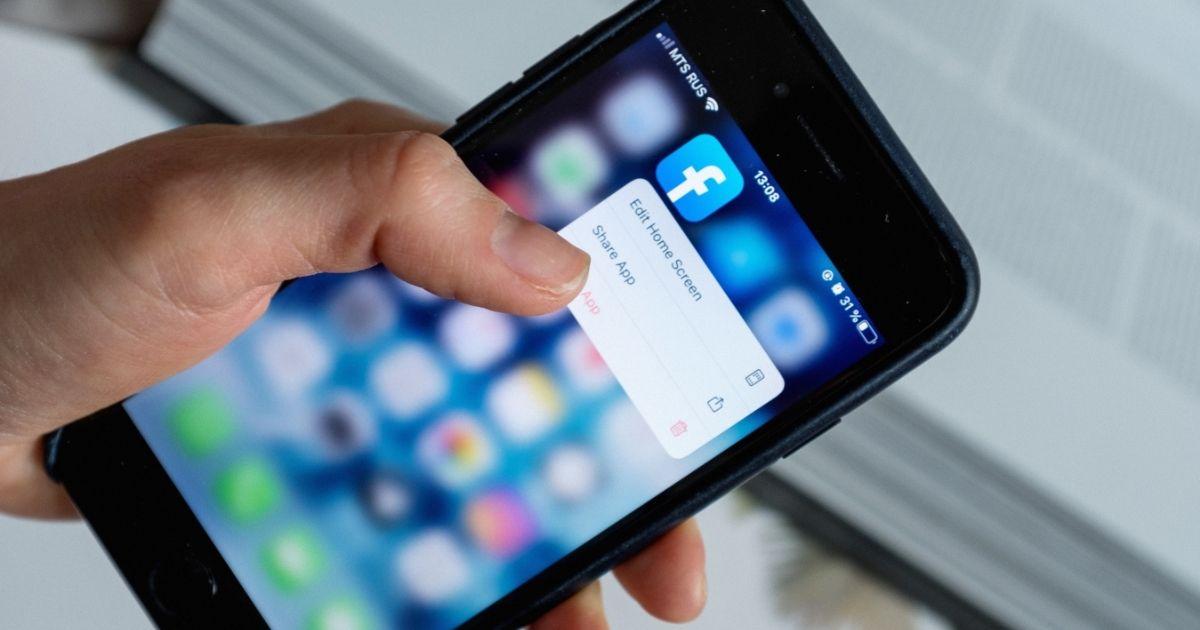Small business owners, listen up. You’re leaving money on the table if you’re not harnessing the power of incentives. From cable TV ads to car dealerships, big companies have long known the secret: give customers a little extra, and they’ll give you their business. Let’s dive into why incentives work and how you can use them to boost your bottom line.
The Wall Street Journal reports that Walmart + is offering free Burger King Whoppers to its members, why aren’t you offering incentives?
Related article: A Returning Customer Is Better Than a New Customer and How to Increase Customer Loyalty For Your Business

The Psychology Behind Incentives
Humans and animals alike respond to incentives. It’s hardwired into our brains. When we see an opportunity for a reward, our decision-making changes. We become more likely to take action, even if we weren’t planning to before.
Dr. Robert Cialdini, a renowned psychologist, calls this the “reciprocity principle.” When someone gives us something, we feel compelled to give something back. It’s why free samples in grocery stores work so well. You try a bite of cheese, and suddenly you’re at the checkout with a wedge in your cart.
“But Wait, There’s More!”: Lessons from Infomercials
We’ve all seen those late-night TV ads. They start with a product offer, but they don’t stop there. “But wait, there’s more!” the announcer shouts, before unveiling a cascade of bonus items.
These ads work because they tap into our love of getting a good deal. Each additional item increases the perceived value, making the offer seem too good to pass up. The key is that these “bonus” items often cost the company very little but significantly boost sales.
Car Dealerships and the Art of the Incentive
Auto manufacturers have perfected the incentive game. Cash-back offers, low-interest financing, and free maintenance packages all serve to sweeten the deal for potential buyers. These incentives can often be the tipping point that turns a browser into a buyer.
The brilliance lies in offering options. Some customers will be swayed by cold, hard cash. Others might prefer the long-term savings of low-interest financing. By providing choices, dealerships cater to different customer preferences, maximizing their chances of making a sale.
Putting Incentives to Work in Your Small Business
So how can you, as a small business owner, harness the power of incentives? Here are some strategies to consider:
- Offer a free gift with purchase: This could be a small item related to your main product. If you sell skincare, for example, include a free sample of a new product with every order.
- Create a loyalty program: Reward repeat customers with points they can redeem for discounts or exclusive products. This incentivizes both immediate purchases and long-term loyalty.
- Use time-limited offers: Create a sense of urgency with limited-time deals. “First 50 customers get 20% off” can drive quick sales and generate buzz.
- Bundle products: Offer a discount when customers buy multiple items together. This increases your average order value while giving customers a reason to try more of your products.
- Provide excellent service as an incentive: Sometimes, the best incentive isn’t a thing, but an experience. Exceptional customer service can be a powerful differentiator in a crowded market.
The Ethics of Incentives
While incentives are powerful tools, it’s crucial to use them ethically. Your offers should provide genuine value to customers, not trick them into buying things they don’t need or want. Transparency is key. Be clear about what you’re offering and any conditions attached.
Measuring the Impact of Your Incentives
To make the most of incentives, you need to track their effectiveness. Monitor sales data before and after implementing an incentive program. Look at metrics like conversion rates, average order value, and customer lifetime value. This data will help you refine your approach and focus on the incentives that work best for your business.
Conclusion: The Carrot, Not the Stick
In a world where consumers have endless choices, incentives can be the carrot that draws them to your business. By offering a little extra value, you not only attract new customers but also build loyalty with existing ones. Remember, the goal isn’t just to make a sale—it’s to create a customer who will return again and again, drawn by the promise of value and the reality of a great product or service.
So, small business owners, what are you waiting for? Start thinking about how you can incentivize your customers. Because in the game of business, a well-placed carrot can be the difference between thriving and merely surviving.
Related posts:












